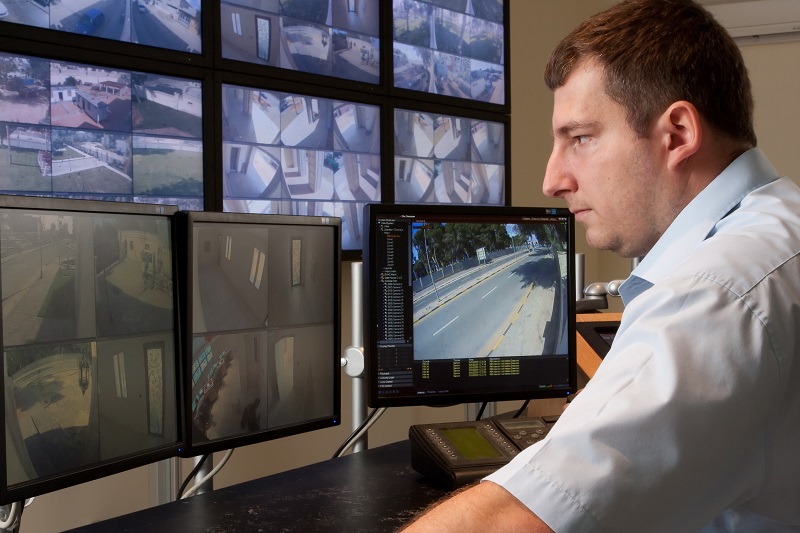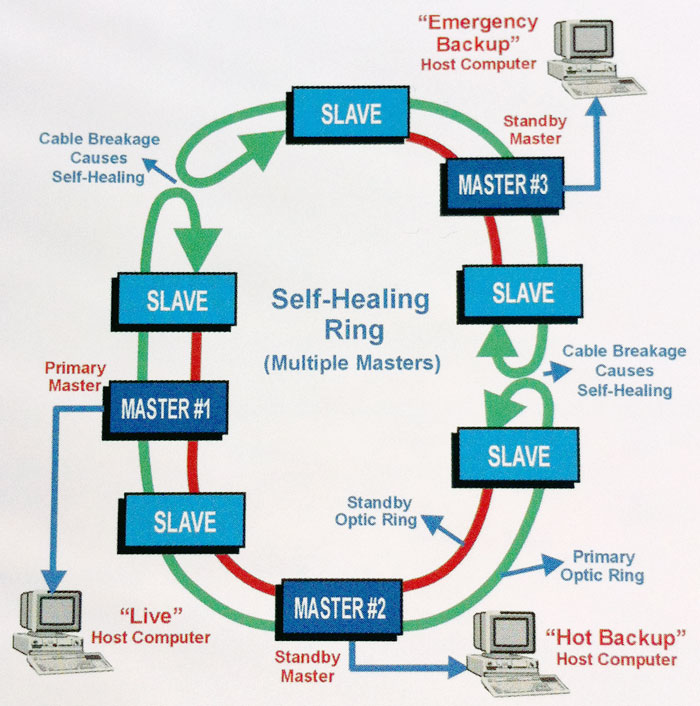How a Fiber Security System Provides Superior Reliability and Speed in Security Monitoring
How a Fiber Security System Provides Superior Reliability and Speed in Security Monitoring
Blog Article
Why Fiber Optic Security Equipments Are the Future of Defense
The change to fiber optic safety and security systems notes a substantial development in the realm of security, driven by their extraordinary information transmission capacities and durability to exterior disturbances. As the landscape of safety develops together with arising technologies such as AI and IoT, the potential for fiber optics to improve and redefine security facilities comes to be progressively noticeable.
Benefits of Fiber Optic Systems
Among the key advantages of fiber optic systems is their remarkable data transfer ability, which facilitates the transmission of huge volumes of data over fars away without substantial loss. This particular is specifically advantageous for safety and security applications that need the continuous monitoring and transfer of high-definition video feeds, sensor data, and other crucial info. Fiber optics can accommodate the growing needs of modern-day protection systems, ensuring that data continues to be undamaged and reliable.
In addition, fiber optic wires are less susceptible to electromagnetic disturbance, which can be a substantial concern in environments with numerous digital tools. This resistance improves the honesty of the information being transferred, thereby minimizing the threat of data breaches or system failures. Fiber optic systems are inherently extra protected than traditional copper wires, as tapping right into a fiber optic line without discovery is exceptionally tough.
The durability of fiber optic wires likewise contributes to their appeal. They are resistant to environmental aspects such as moisture and temperature level changes, lowering upkeep expenses and raising system longevity. Overall, these benefits position fiber optic systems as a durable and efficient option for contemporary security facilities, guaranteeing dependable and protected information transmission.
Boosted Information Transmission Speed

The capacity to send large quantities of data quickly helps with the smooth combination of high-def video clip feeds and progressed analytics. Security systems can now refine and examine details in real-time, enhancing reaction times and situational understanding. Furthermore, fiber optic connections support longer transmission distances without deterioration of signal high quality, making them suitable for expansive security networks.
The enhanced rate of fiber optic systems not just enhances the efficiency of protection procedures however also minimizes latency. This is particularly important in critical situations where timely decision-making can avoid safety violations or reduce possible hazards. As organizations proceed to focus on safety and performance, the need for fast go to this web-site and reliable information transmission will undoubtedly solidify fiber optic systems as a keystone of modern-day protection infrastructure.
Resistance to Interference
Fiber optic security systems constantly demonstrate phenomenal resistance to electromagnetic interference, a critical advantage in settings prone to digital noise. Unlike traditional copper cables, which can be negatively influenced by magnetic fields, radio frequency interference, and other forms of electric disturbance, fiber optic cords utilize light to transfer information. This fundamental residential or commercial property makes certain that the signals stay clear and unchanged, regardless of bordering electronic activity.
The use of glass or plastic fibers in fiber optic modern technology develops a barrier versus disturbance, permitting trustworthy data transmission even in tough situations such as commercial centers, urban locations with high digital traffic, or locations near radio towers. This characteristic dramatically decreases the possibility of signal degradation or loss, making fiber optic systems especially ideal for security applications where integrity and accuracy of information are critical.
In addition, this resistance to disturbance boosts the overall performance and integrity of protection systems, making sure that tracking and alert systems operate flawlessly. In a world where safety and security is significantly endangered by innovative technologies, the strength of fiber optic systems stands apart as a critical feature, strengthening directory their standing as a crucial component of contemporary protection infrastructure.
Cost-Effectiveness With Time
Considerable price savings can be accomplished over time with the execution of fiber optic safety systems. While the preliminary investment may appear greater compared to typical copper-based systems, the lasting monetary advantages emerge with reduced functional and upkeep expenses (fiber security). Fiber optic cords are naturally a lot more long lasting and less vulnerable to ecological aspects, which translates to decrease replacement and repair costs over their life expectancy
In addition, fiber optic systems need less power to run, which even more lowers power costs. Improved data transmission capacities permit less repeaters and amplifiers, minimizing devices financial investment and streamlining installment procedures. The scalability of these systems also adds to cost-effectiveness, as organizations can broaden their protection framework without sustaining considerable added costs.
An additional factor to take into consideration is the increased performance in monitoring and response capabilities that fiber optics offer. Enhanced real-time information transmission can lead to quicker occurrence feedback times, potentially mitigating losses and obligations related to safety and security violations. In sum, the long-lasting advantages of fiber optic safety and security systems not just justify the initial expenditure however also position them as a monetarily sensible selection for companies seeking robust defense remedies.

Future Technologies in Protection
Progressing technologies are readied to change security systems, integrating synthetic knowledge (AI) and artificial intelligence to enhance danger discovery and response capacities. These developments will certainly enable security systems to analyze vast amounts of data in real-time, recognizing patterns and abnormalities that suggest possible hazards. This proactive approach will enable faster decision-making and extra reliable case feedbacks.
Furthermore, the unification of the Net of Points (IoT) is leading the way for interconnected safety and security devices, offering detailed security and surveillance. Smart sensors can pass on details concerning ecological changes, while automated informs find out here can inform safety and security employees right away of questionable activities.
Moreover, the development of biometric innovations will further boost safety and security mechanisms. Facial acknowledgment, fingerprint scanning, and retina recognition are coming to be extra sophisticated, providing layers of verification that are challenging to bypass.
Verdict
In final thought, fiber optic safety and security systems represent a considerable development in protection modern technology, providing unmatched data transmission speed, resistance to electro-magnetic disturbance, and long-lasting cost-effectiveness. As the need for sophisticated safety services remains to expand, the integration of optical fiber with emerging modern technologies such as AI, IoT, and biometrics will certainly better improve security frameworks (fiber security). The mix of these advancements will guarantee a much more protected and receptive environment, solidifying fiber optics as a keystone of future safety and security systems
Report this page